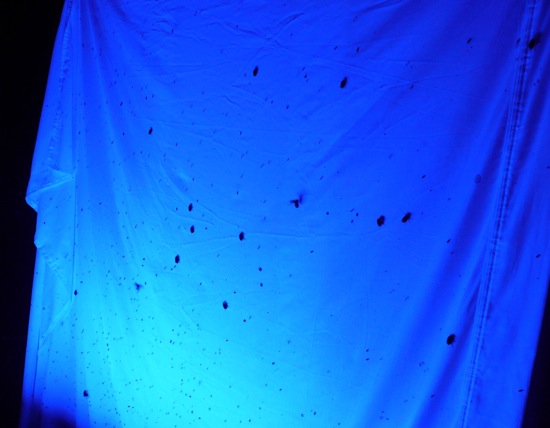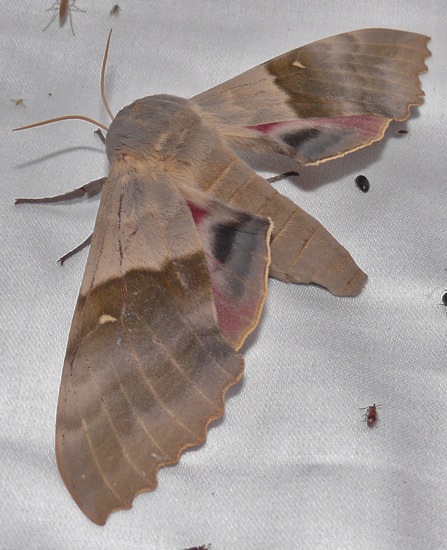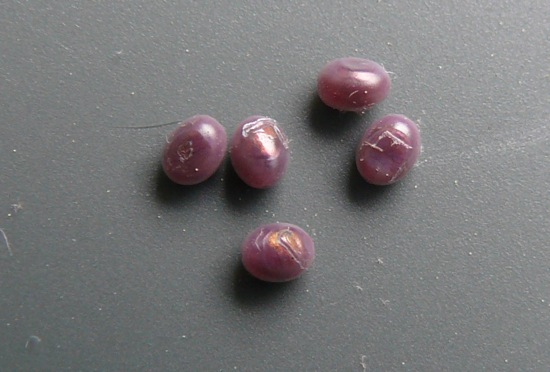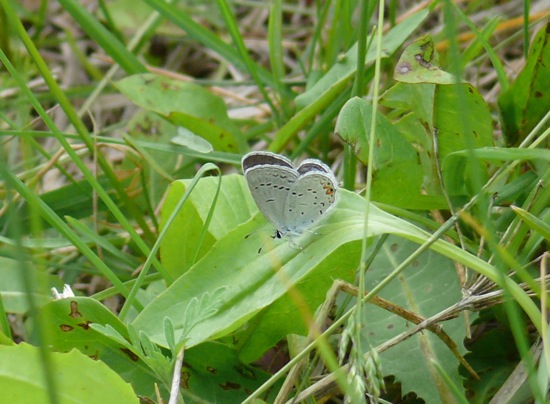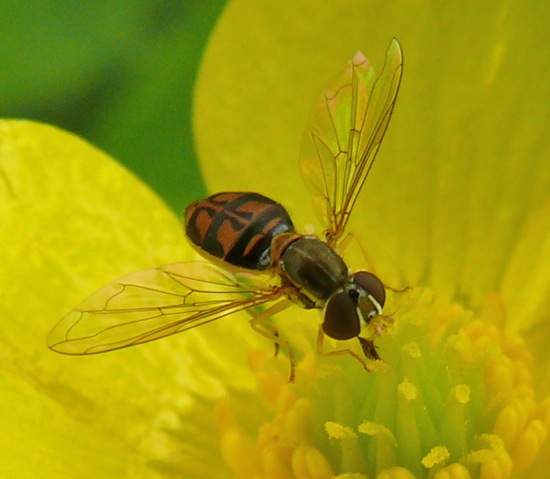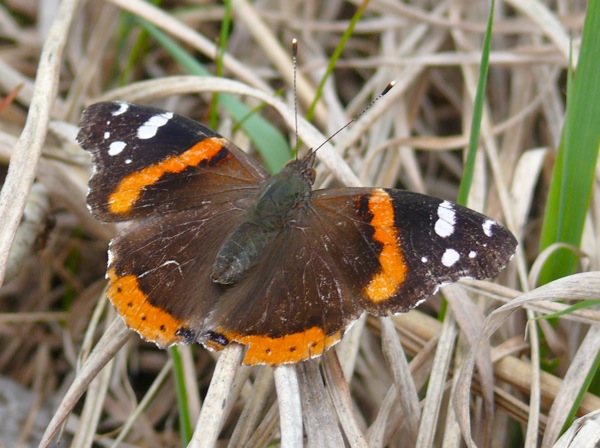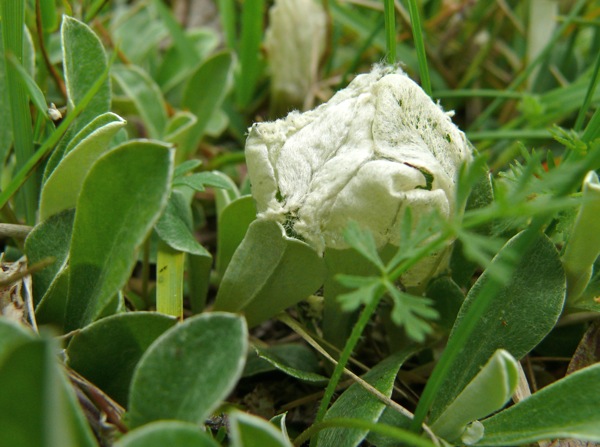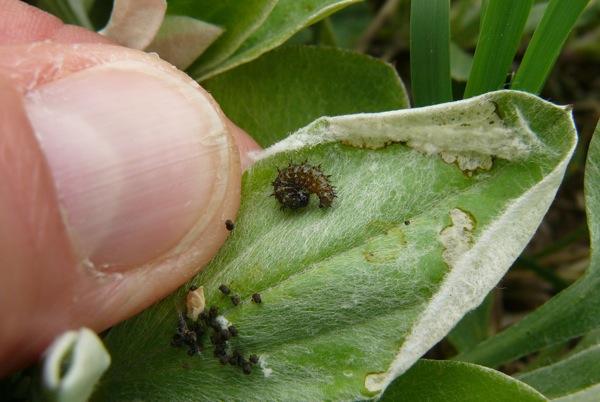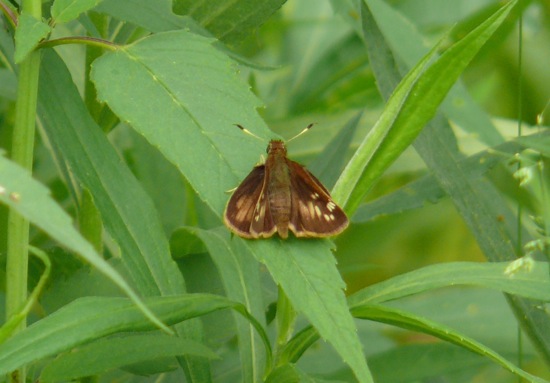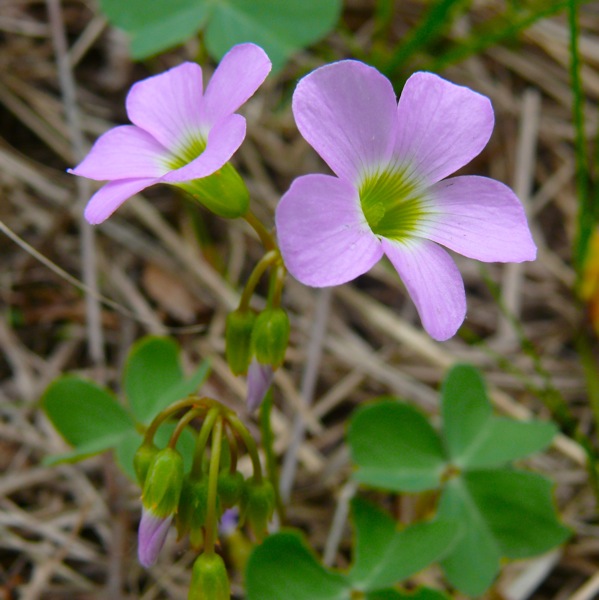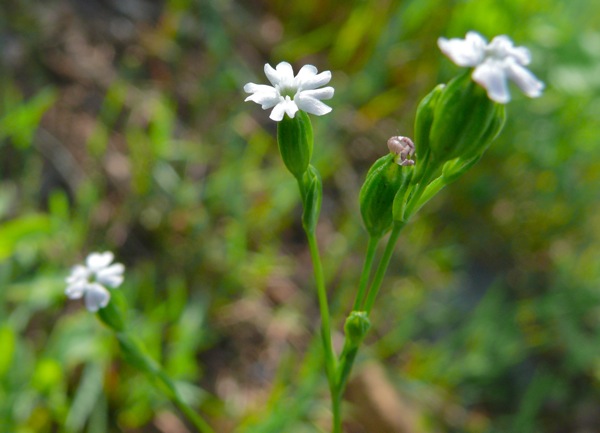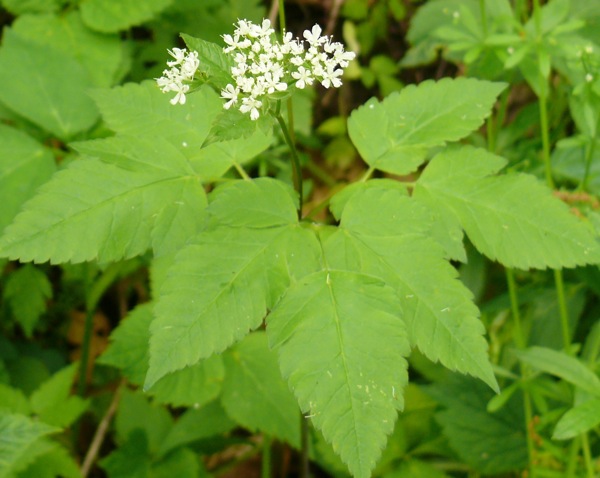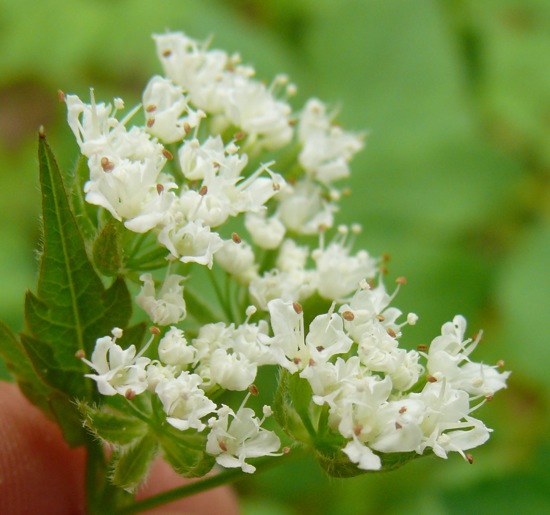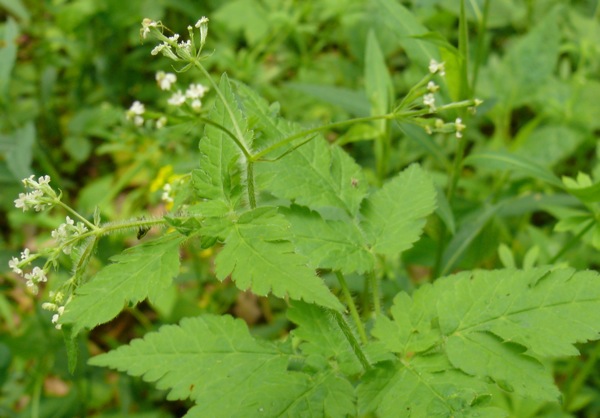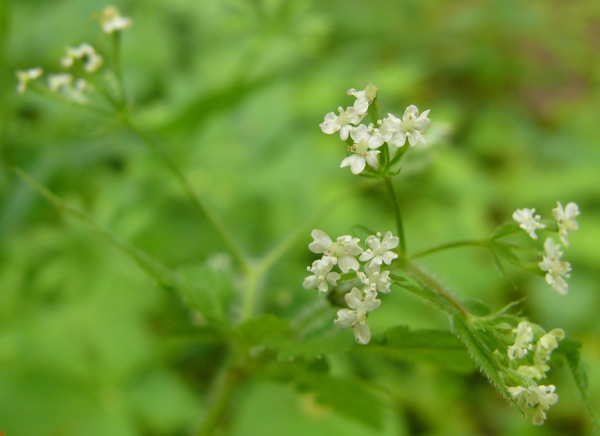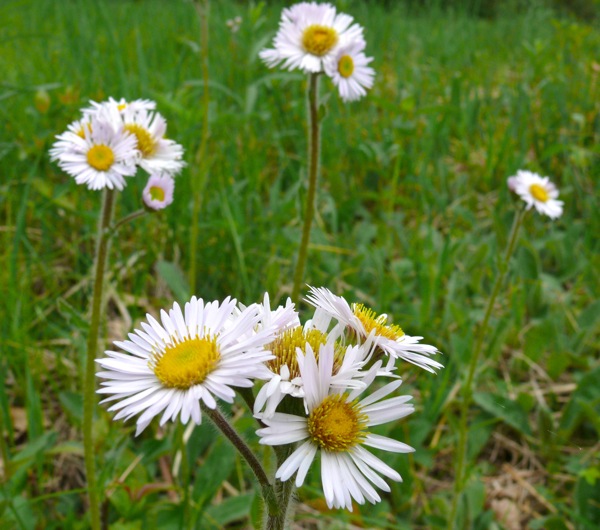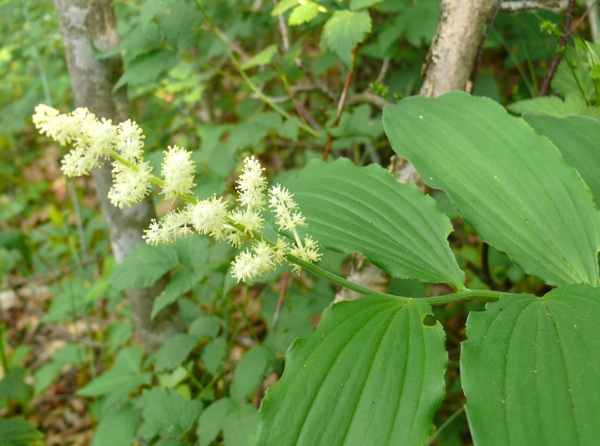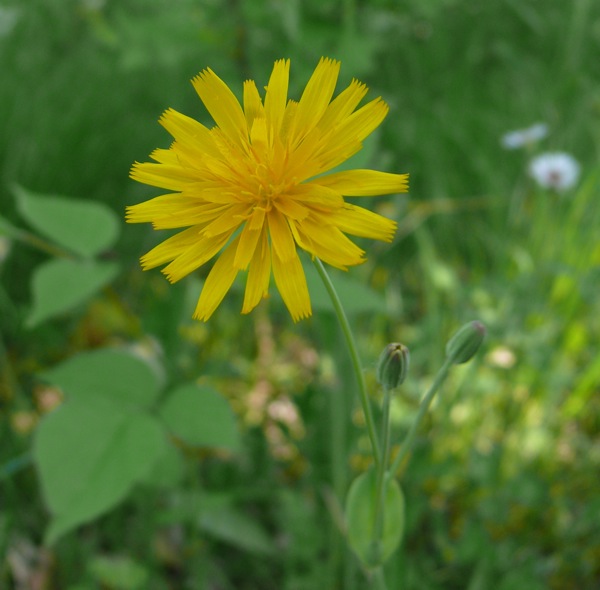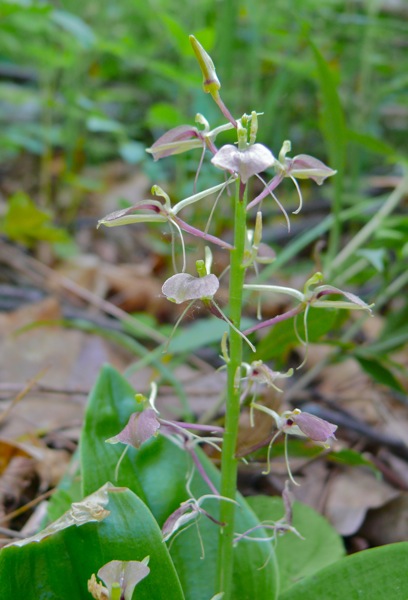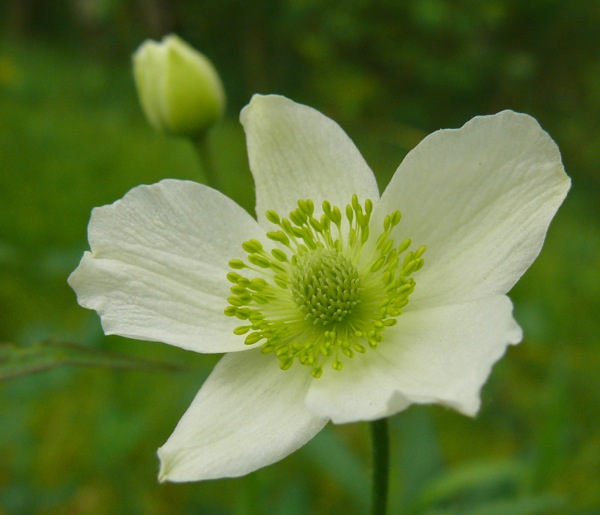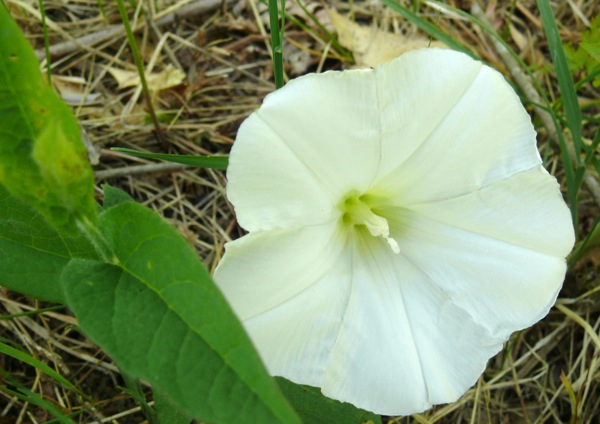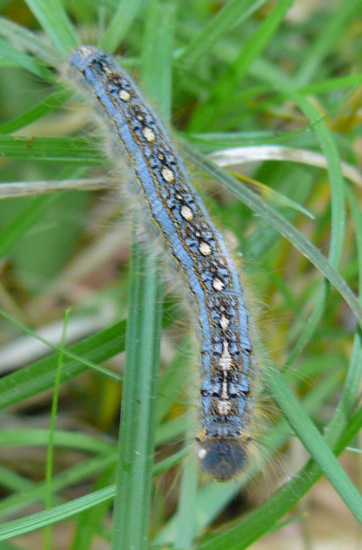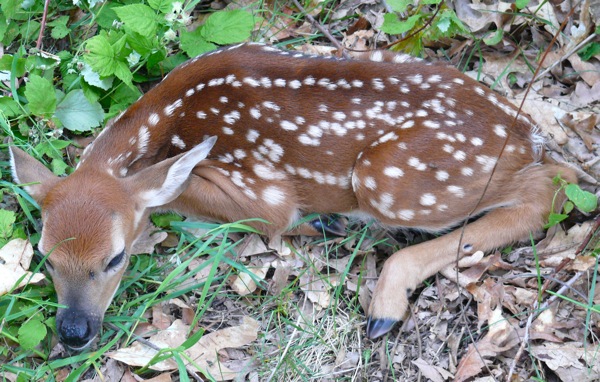I’ve been setting up a light on warm evenings and trying to attract moths. I finally got some “black light” bulbs, which are supposed to be more attractive to the moths.
I shine the light on a white sheet, and the moths land on the sheet. Lots of other insects do too – right now most of the insects I see are May Beetles. They’re big, bumbling beetles that come buzzing onto the sheet or into the light fixture. Sometimes they crawl down inside the light fixture and have trouble finding their way out. It’s odd to hear a loud buzzing noise from inside an unplugged fixture.
This is the way the sheet looks – with mostly May Beetles hanging onto it.
I did attract one beautiful big moth to my sheet last week – a Big Poplar Sphinx – also called a Modest Sphinx. It was quite large – with about a four inch wing span.
It was a female, so I kept it overnight and it laid eggs.
I’ve been seeing lots of flowers and butterflies this week – it’s really summer now.
This was my first Eastern Tailed Blue of the summer.
This is a Syrphid Fly – a small bee-like fly that nectars at flowers – on a Buttercup. After submitting the image to Bugguide I learned that it’s a female – because the eyes are separated. Males’ eyes touch in the center of their heads.
Red Admirals are very common right now.
Many of the Pussytoes leaves I see have caterpillar nests woven into them. The nests are made by the caterpillars of American Lady butterflies.
I pulled this one apart to find the caterpillar.
A Hobomok Skipper (butterfly)
Now for the flowers….
Violet Woodsorrel
This is called Sleepy Catchfly – it has tiny flowers on long slender stems. It’s a somewhat weedy native that likes rocky, sandy soil.
I’ve been puzzling out some of the common weedy natives that I usually ignore. These two are so similar that I didn’t realize before that we have two different species. They’re both called Sweet Cicely – they have white flowers in an umbel (an umbrella-like arrangement) and palmately divided leaves. This one is Long-styled Sweet Cicely because the styles are longer than the petals.
A closeup of the flowers so you can see the styles. The combination of the long white styles and the long stamens with their brown anthers give the flowers a frothy appearance.
Long-styled Sweet Cicely has a strong anise odor.
This is the other species of Sweet Cicely – sometimes called Hairy Sweet Cicely because the stems and leaves are covered with fine white hairs. The flower clusters are less dense and more delicate looking.
In the close up, the flowers look much less frothy – both the stamens and the styles are shorter.
Robin’s Plantain
False Solomon’s Seal
This is one of my favorites of our spring prairie flowers. It’s called False Dandelion. The photographs always make it look like a common dandelion, but it’s much more delicate, with a beautiful oriole-orange color, and sea green stems and leaves. It’s rare on our property – it grows in only one of our prairie openings.
Lily-leaved Twayblade – an early summer orchid
Tall Thimbleweed
Low Bindweed – a prairie/savanna species of Bindweed that isn’t a twining vine
A Forest Tent Caterpillar
This is a big year for both kinds of tent caterpillars that we have in this area. Unlike other tent caterpillars, Forest Tent Caterpillars don’t make tents. They are often present in large numbers and can cause defoliation of trees, but as this happens early in the season, the trees almost always recover and put out a new crop of leaves. Both Eastern and Forest Tent Caterpillars are native insects, unlike non-native Gypsy Moths. Cuckoos eat tent caterpillars (and Gypsy Moth caterpillars), so in years like this I see lots of both Yellow-billed and Black-billed Cuckoos.
We’re starting to see fawns in the woods and in the long grass. The best defense for a fawn is to lie still. This one was starting to get up when we first noticed it. When it saw us it dropped back to the ground and froze still. We walked right up to it to take pictures – we could have touched it.

